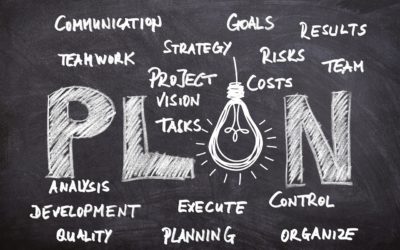As a business coach, I’ve observed that many business owners, CEOs, managers, and team leaders often face challenges with team members who aren’t performing at their best. One of the primary reasons behind this is a lack of clarity in expectations, limited guidance, and not understanding how employees perceive certain situations. A key issue is that leaders may only judge situations from their personal or business perspective, without trying to see things through the employee’s eyes. In this blog post, I’ll explore the causes of these challenges and potential solutions to help your team reach its full potential.
1. Emphasising empathy and understanding
Managers and leaders may focus on their personal or business perspective without considering the employee’s point of view. This lack of empathy can lead to miscommunication, frustration, and underperformance.
Solution: Practice active listening and empathy when communicating with team members. Try to understand their motivations, concerns, and feelings. By seeing things from their perspective, you can identify potential issues and address them more effectively.
2. Addressing unclear expectations
Managers often assume that employees understand their roles and responsibilities, including tasks given without explicitly stating them. This assumption can lead to confusion, underperformance, and frustration.
Solution: Clearly communicate the expectations and responsibilities for each team member. Ask the employee to summarise, to find out how they understand what you have requested. Use performance indicators, goals, and regular check-ins to ensure everyone is aligned with the team’s objectives. Encourage open communication and provide constructive feedback to help your employees grow and develop in their roles.
3. Providing guidance and support
When managers fail to provide proper guidance, feedback and support, employees can feel lost and overwhelmed. This lack of direction may result in subpar performance and lower job satisfaction.
Solution: Offer regular guidance, mentorship, and support to your team members. Schedule one-on-one meetings to discuss progress, address concerns, and provide actionable advice. Encourage an open-door policy to make yourself available for questions or discussions whenever needed.
4. Understanding employee perceptions and motivation
Managers may not fully understand how their employees perceive various aspects of their work environment and how their (intrinsic) motivation guides them. This potentially results in miscommunication and feelings of disconnect between management and employees.
Solution: Encourage open and honest dialogue with your team members. Ask a lot of “Why?” to better understand how they perceive things and what drives them. Conduct employee surveys and hold regular team meetings to allow employees to voice their opinions, concerns, and ideas. By understanding their perspectives, you can address any issues more effectively.
5. Empowering team members
When managers don’t trust their employees with autonomy and responsibility, team members may feel restricted and unable to take ownership of their tasks. This can result in lowered motivation and disengagement.
Solution: Empower your team members by granting them the autonomy to make decisions and take responsibility for their work. Encourage innovation and creative problem-solving. Establish clear expectations and guidelines to ensure they understand the boundaries of their autonomy. And of course you should have frequent check-ins as mentioned earlier.
Clarity and understanding improve team performance
Improving team performance begins with understanding employee perspectives and providing clarity in expectations and guidance. As a manager or leader, it’s your responsibility to ensure your team has the tools and understanding they need to reach their full potential. By addressing these challenges, you’ll be well on your way to unlocking the potential of your team and driving your organization towards success. Remember, empathy and understanding are essential ingredients for effective leadership and team performance.



